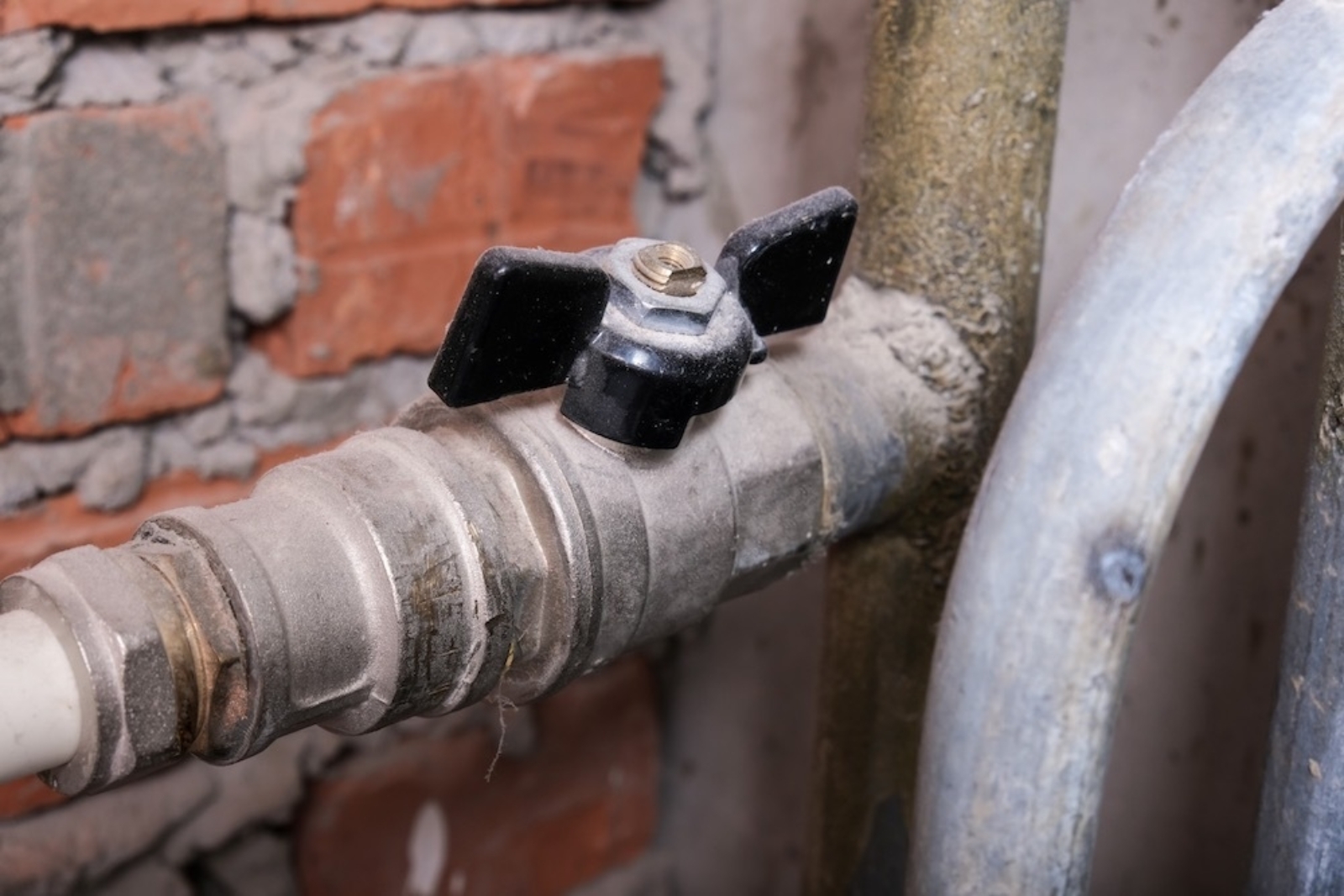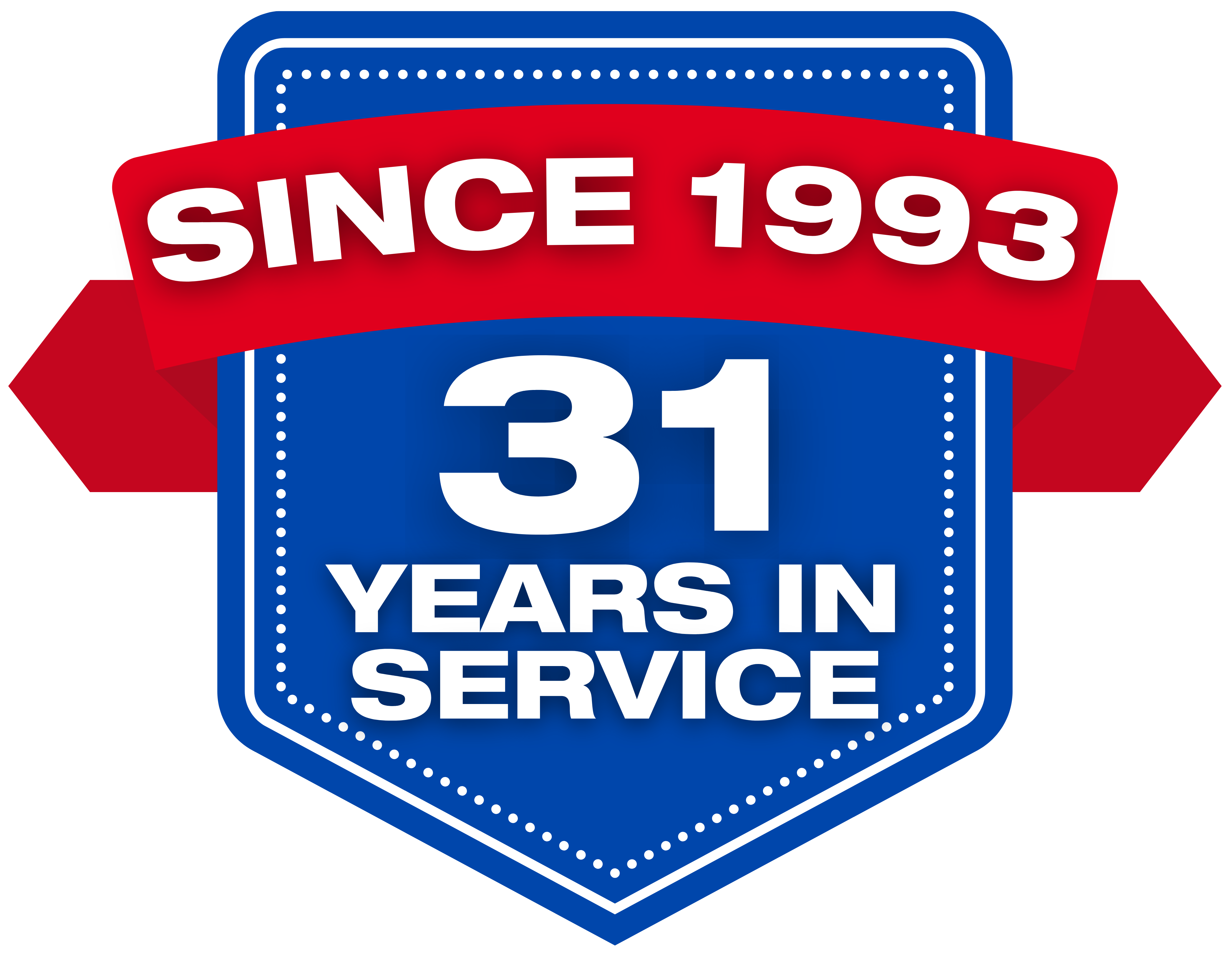When & How to Shut Off Your Water to Avoid Water Damage

Water damage is one of the most common and costly problems homeowners will face. Whether it’s caused by a burst pipe, leaking faucet, or a broken appliance, uncontrolled water can lead to severe damage to your home’s structure, belongings, and even create long-term issues like mold. Knowing when and how to shut off your water is essential in minimizing damage and keeping repair costs down. Follow our guide on when and how to turn off your water supply to prevent water damage in your home. We’ve got you covered!
Why Shutting Off Your Water is Crucial
Water leaks can occur for many reasons — old plumbing breakdowns, extreme temperatures, or even accidental damage. The longer water continues to flow unchecked, the more destruction it can cause. Within minutes, water can seep into flooring, walls, and furniture, leading to stains, swelling, and irreversible damage. In cases where leaks go undetected for longer periods, mold can develop, leading to potential health concerns, mold damage, and making repairs significantly more expensive.
By acting quickly and shutting off your water supply at the first sign of trouble, you can significantly reduce the risk of major water damage, saving you from expensive repairs and stress.
When Should You Shut Off Your Water?
There are several situations when shutting off your water is necessary to avoid damage:
1. Burst Pipes or Major Leaks
If you notice a burst pipe, large leak, or pooling water, turn off your water immediately! These events can cause significant flooding in a short time, and the faster you act, the less damage you will cause.
2. Leaking Appliances
Keep an eye on appliances like dishwashers, washing machines, and water heaters which are often common culprits of leaks. If you detect a steady drip, pooling water, or an appliance malfunction, shutting off the water supply immediately can prevent further damage.
3. Before Leaving for Vacation
Many homeowners experience water damage while they’re away on vacation, when small leaks go unnoticed, they can escalate into serious problems. As a precaution, it’s a good idea to shut off your water before leaving home for extended periods to avoid any potential issues will youre away.
4. Frozen Pipes in Winter
In cold climates, pipes can freeze and burst, leading to water damage. If you suspect frozen pipes, it’s important to shut off the water before the pipes thaw and potentially burst, flooding your home.
5. Renovations or Plumbing Repairs
Before any major renovation or plumbing work, remember to shut off the water supply to prevent accidental leaks or damage during the repair process.
How to Shut Off Your Water
Every homeowner should be familiar with their home’s water shut-off valves. Know where they are and how to turn them off. Here's how you can safely turn off your water quickly in the event of an emergency.
1. Locate Your Main Water Shut-off Valve
Your main shut-off valve controls the water flow into your entire house. It’s usually located in one of the following places. Prior to an emergency, and as a homeowner, know where your main water shut-off valve is located. In case you don’t, here are the common places a shut-off valve in a home might be:
Basement or Crawl Space: In homes with basements, the main shut-off valve is typically near the front foundation wall, where the water line enters your home.
Utility Room: In some homes, you may find the valve in a utility room or near the water heater.
Outside the House: For homes without basements or crawl spaces, the valve may be on an outside wall near where the water supply line enters your home.
Water Meter Box: Some homes have the main shut-off valve located in a water meter box outside, typically near the curb or street.
2. Next, Turn Off the Water
Once you've located the shut-off valve, follow these steps to turn off the water:
Turn the Valve: Most main shut-off valves are either a gate valve or a ball valve. For a gate valve, turn it clockwise (right) until it stops. For a ball valve, turn the lever 90 degrees until it is perpendicular to the pipe. This action cuts off the water supply to the entire house.
Do a Double Check to Make Sure Water flow is OFF: After turning off the valve, test a faucet inside the house to confirm that the water supply is completely shut off. There should be no water coming out of the faucet.
3. Individual Shut-off Valves
In some cases, you may not need to shut off the water to your entire home. Many fixtures and appliances actually have their own individual shutoff valves. These valves are usually located near the base of toilets, sinks, dishwashers, or water heaters.
Toilets and Sinks: Look for a small valve under the sink or behind the toilet. Turn it clockwise to shut off the water. You can actually hear this one turn off.
Washing Machines: The shut-off valves are typically located behind the appliance. Turn them clockwise to cut off water flow.
Water Heater: Locate the valve on the cold-water line entering the water heater and turn it clockwise to shut off the water.
What to Do After Shutting Off the Water
After you've shut off the water, the next step is damage control. Here's what you should do immediately to reduce potential long-term damage:
1. Drain the Water
Open faucets to drain the remaining water in the pipes and reduce the pressure. This will prevent additional water from leaking out of damaged pipes or fixtures.
2. Call a Plumber
If the leak or damage is beyond a simple fix, contact a licensed plumber to assess the problem and make necessary repairs.
3. Clean Up
Begin mopping up any standing water to prevent it from seeping into flooring, walls, or furniture. Use towels, mops, or a wet/dry vacuum to remove water and start drying the affected area.
4. Document the Damage
Take photos of any water damage for insurance purposes. This will help you when filing a claim if repairs are needed.
Preventing Future Water Damage
Regular maintenance and inspections can help prevent future water damage. Be prepared, planning ahead can give you peace of mind. Implementing ALL-CLEAN USA's Emergency Agreement, the PRIME Promise, helps clients minimize property downtime, income loss, and repair costs after a property loss. It ensures rapid response from dedicated personnel to quickly restore the property, regardless of the type or extent of the damage.
In addition, here are a few tips that you can start to incorporate into your home maintenance immediately:
Inspect Pipes and Appliances: Regularly check for leaks around appliances, pipes, and water fixtures. Replace or repair damaged components before they cause issues.
Install Water Alarms: Water alarms or leak detectors can alert you to small leaks before they turn into bigger problems.
Keep Gutters Clear: Ensure your gutters and downspouts are clear of debris to prevent water from backing up and causing roof or foundation damage.
Knowing when and how to shut off your water supply is a key step in preventing water damage in your home. By acting fast and being prepared, you can minimize the impact of leaks and plumbing mishaps, keeping your home safe and dry. If you’re unsure where your main shutoff valve is or need assistance with plumbing issues, it’s always wise to consult a professional. Taking the time to understand your home’s plumbing system can save you significant money and hassle down the road. We hope this blog serves as a guide and saves you time and money when you encounter unexpected leaks.
ALL-CLEAN—Your 24/7 Trusted Experts in Property Restoration.
When it comes to a burst pipe, leaking faucet, or a broken appliance, swift and proper action is essential. By taking the right steps and implementing preventive measures, you can minimize damage and protect your home’s plumbing.
Don't wait—acting quickly is key to preventing further issues. For expert help, contact us today. Our certified professionals are ready to deliver fast and dependable restoration services.


